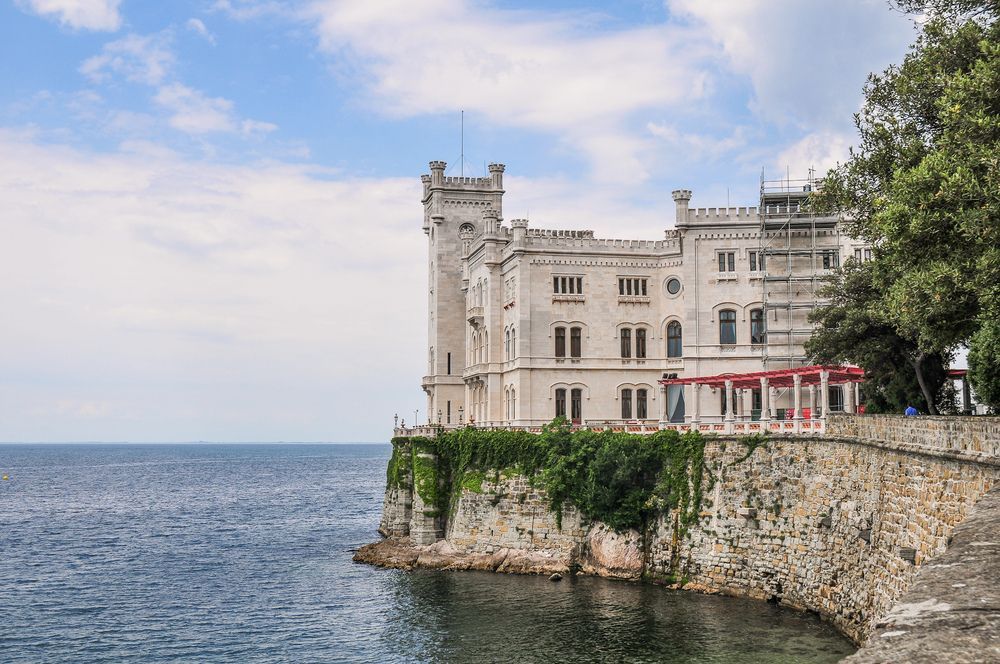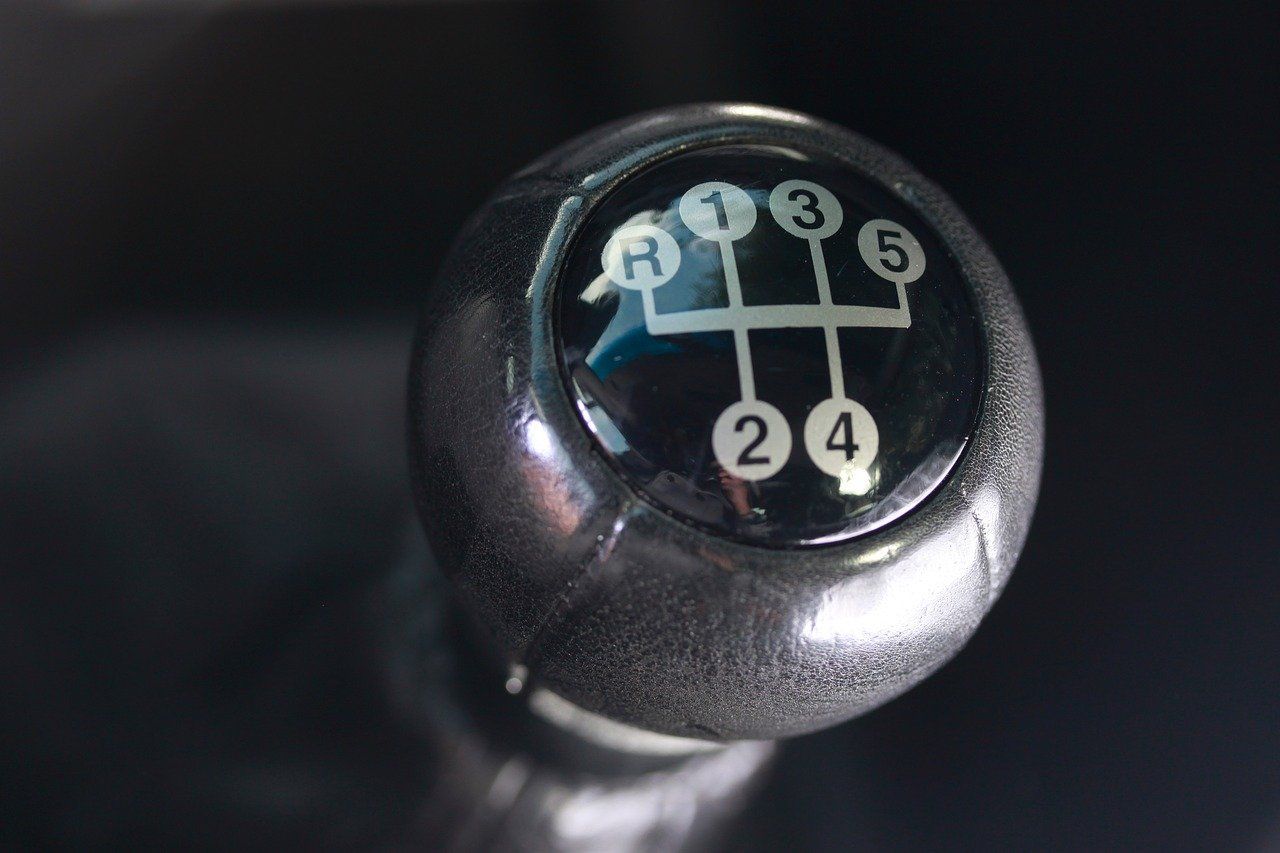The incentives for electric cars have ended, but how do the incentives for electric motorcycles and scooters work? Let’s see the details.
The incentives for electric cars have ended and the Government, for the moment, has decided not to renew them. For those who want to buy electric motorcycles or scooters, in 2022 there is still the Ecobonus that allows you to save something on the final price. In fact, the Italian Government, through the 2021 Budget Law, had decided to extend this bonus until 2026 with the aim of encouraging the spread of battery-powered two-wheelers.
For this contribution to the purchase, the Government had allocated 150 million euros divided as follows: 20 million euros for 2021, 20 million for 2022 and 20 million for 2023. Subsequently, €30 million will be made available for each of the years 2024 to 2026.
But how do electric motorcycle and scooter incentives work and above all how much do they allow you to save? Let’s see the details.
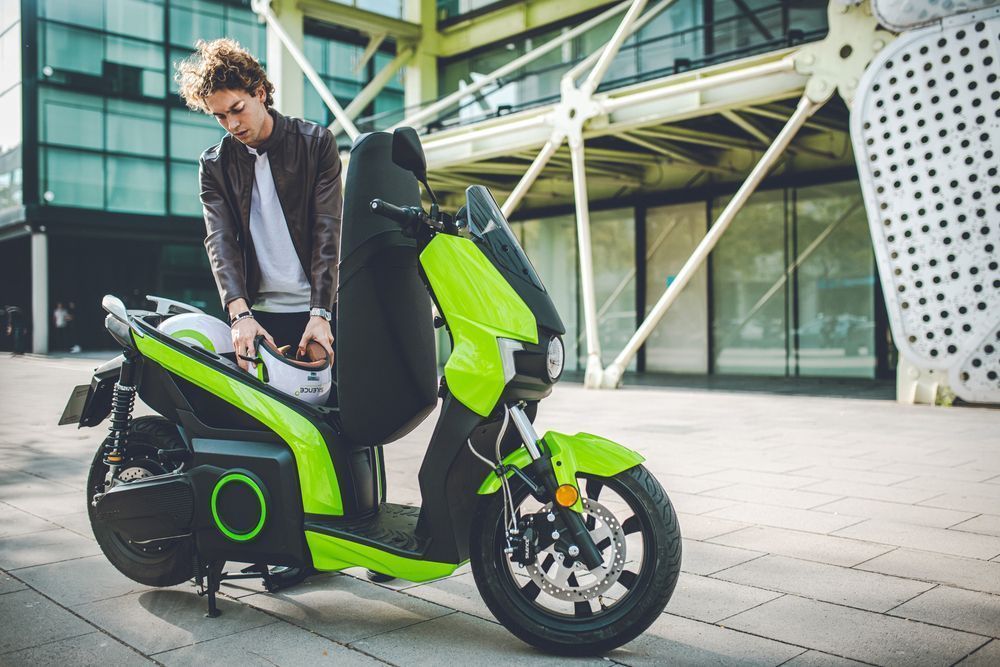
Who is the incentive for?
The bonus mechanism for 2022 has not been changed. Contributions and access methods, therefore, have not been changed compared to the past. The incentive is aimed at all those who will buy a new vehicle that belongs to the categories L1e, L2e, L3e, L4e, L5e, L6e and L7e. Categories in hand, this means that the incentive is not only aimed at electric motorcycles and scooters but also at electric tricycles and quadricycles.
To better understand the classification of these vehicles, Article 47 of the Highway Code comes to our aid. The scheme is as follows.
– category L1e: two-wheeled vehicles whose engine displacement (in the case of a heat engine) does not exceed 50 cc and whose maximum design speed (whatever the propulsion system) does not exceed 45 km/h,
– category L2e: three-wheel vehicles whose engine displacement (in the case of a heat engine) does not exceed 50 cc and whose maximum design speed (whatever the propulsion system) does not exceed 45 km/h,
– category L3e: two-wheel vehicles whose engine displacement (in the case of a heat engine) exceeds 50 cc or whose maximum design speed (whatever the propulsion system) exceeds 45 km/h,
– category L4e: three-wheel vehicles asymmetrical to the median longitudinal axis, whose engine displacement (in the case of a heat engine) exceeds 50 cc or whose maximum construction speed (whatever the propulsion system) exceeds 45 km/h (side-side carriage motorcycles ),
– category L5e: vehicles with three wheels symmetrical to the median longitudinal axis, the engine displacement of which (in the case of a heat engine) exceeds 50 cc or whose maximum construction speed (whatever the propulsion system) exceeds 45 km/h,
– category L6e: light quadricycles, the unladen mass of which is not more than 350 kg, excluding the mass of batteries for electric vehicles, the maximum design speed of which is not more than 45 km/h and the engine displacement of which is not more than 50 cm³ for positive-ignition engines, or the maximum net power of which is not more than 4 kW for other engines, internal combustion; or whose maximum continuous rated power is less than or equal to 4 kW for electric motors. Such vehicles shall comply with the technical requirements applicable to three-wheel mopeds of category L2e, unless otherwise provided for in specific Community provisions;
– category L7e: quadricycles, other than those of category L6e, the unladen mass of which is not more than 400 kg (550 kg for vehicles intended for the carriage of goods), excluding the mass of batteries for electric vehicles, and the maximum net engine power of which is not more than 15 kW. Such vehicles shall be considered as tricycles and shall comply with the technical requirements applicable to tricycles of category L5e unless otherwise provided for in specific Community provisions.
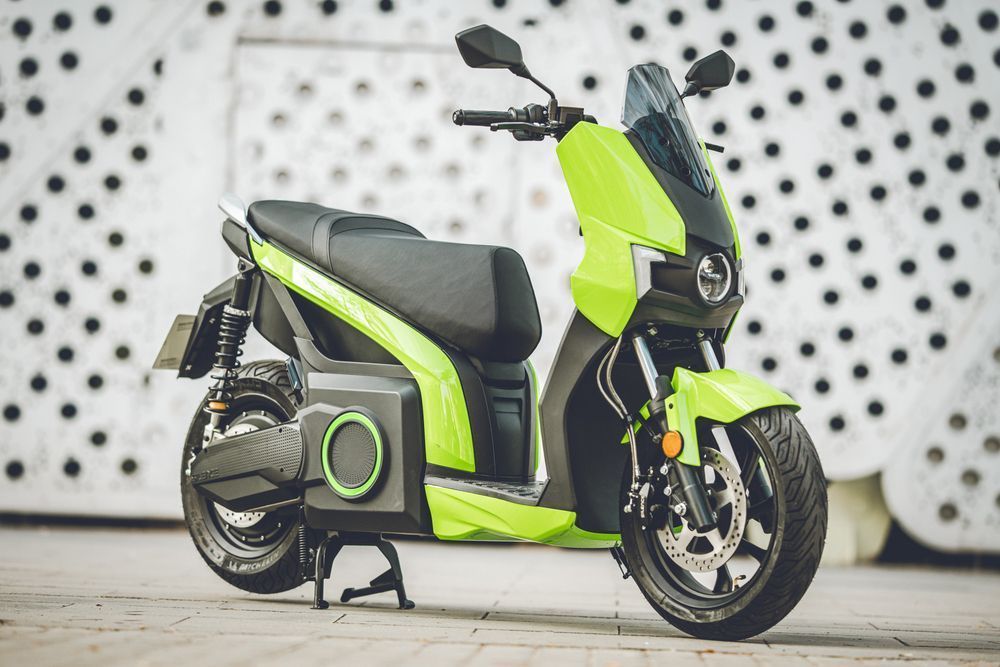
How do they work?
All those who purchase a vehicle compatible with the incentives and at the same time scrap an old vehicle (category L – Euro 0, 1, 2 or 3), will receive a contribution of 40% of the price up to a maximum of 4,000 euros. If there is no scrapping, the bonus will drop to 30% of the purchase price up to a maximum of 3,000 euros.
Any vehicle to be scrapped must be made out for at least 12 months to the buyer or to one of his cohabiting family members. The bonus will be applied directly by the seller as a discount on the purchase price. The buyer will not have to do anything special in order to obtain the incentive.
In fact, it will be the seller who will have to carry out the necessary practices through a special reserved area on the MISE website. The only precaution, those interested in buying a motorcycle or an electric scooter will first have to go to a page of the MISE website to understand if there are still funds left or if they have run out.
In 2021, the funds available had not been exhausted, as, instead, had happened for the Ecobonus dedicated to cars. However, the markets for electric two-wheelers and electric quadricycles are growing. Therefore, it is possible that the 20 million made available in 2022 may not be enough to make it to the end of the year.
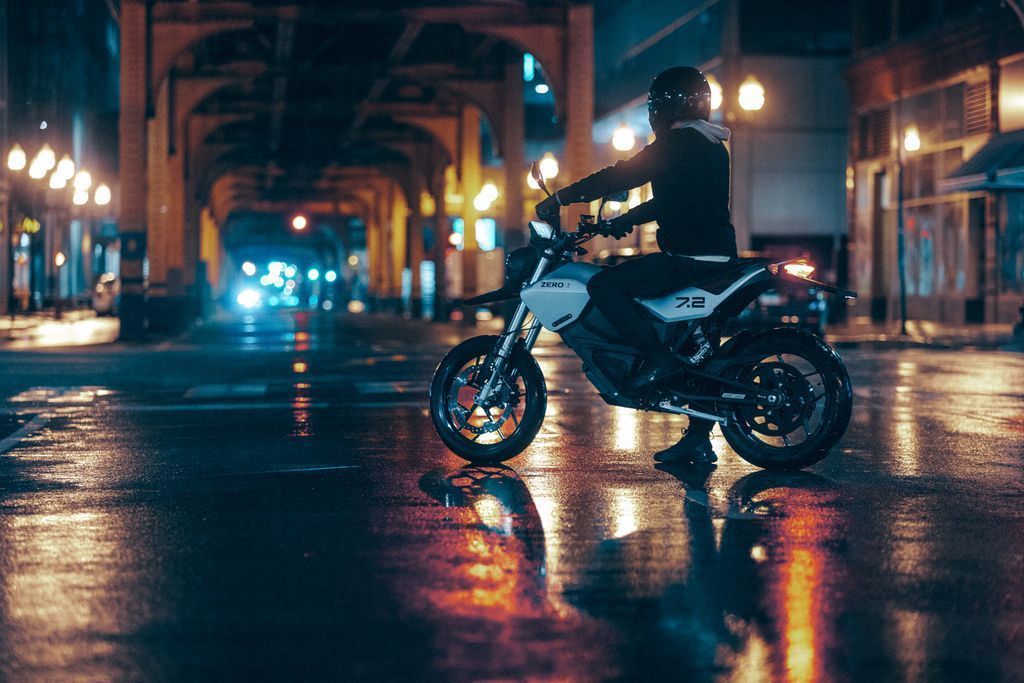
The advantages in the urban environment
Italians have realized the advantages of being able to have an electric two-wheeled vehicle especially in urban use. Comfortable to use, silent, do not pollute and also offer low running costs. Thanks to the incentives, the extra cost of these models compared to the equivalent endothermic ones is almost completely eliminated.
This also applies to electric quadricycles that are in great demand in large cities. Just think of the success that the small Citroen Ami has achieved.
In collaboration with
![]()






